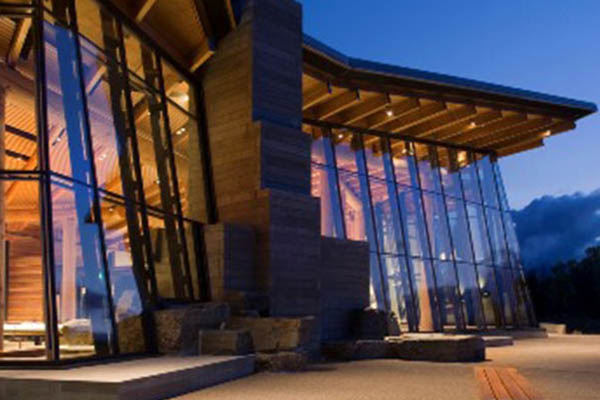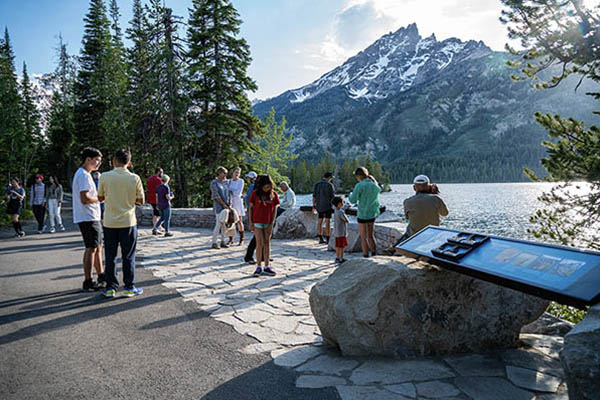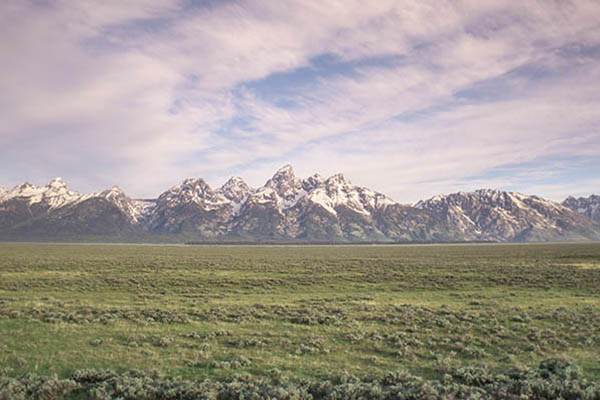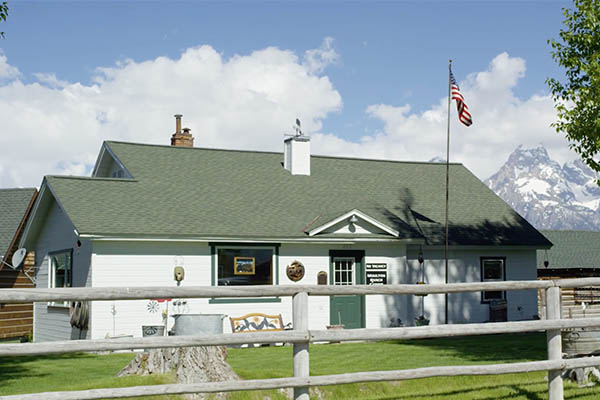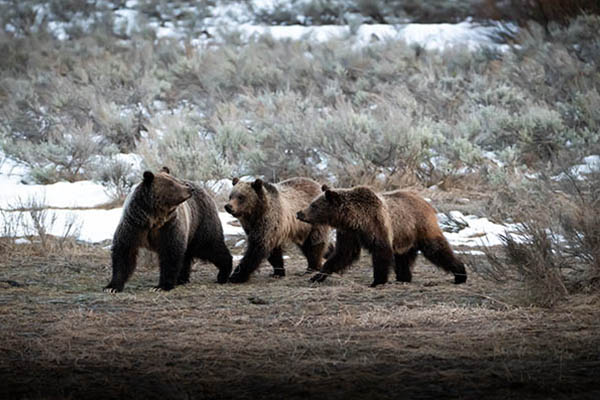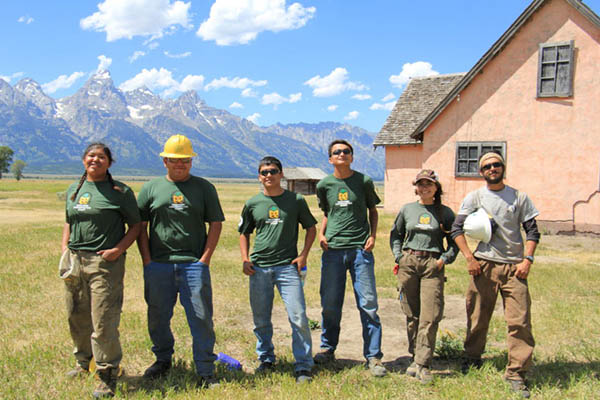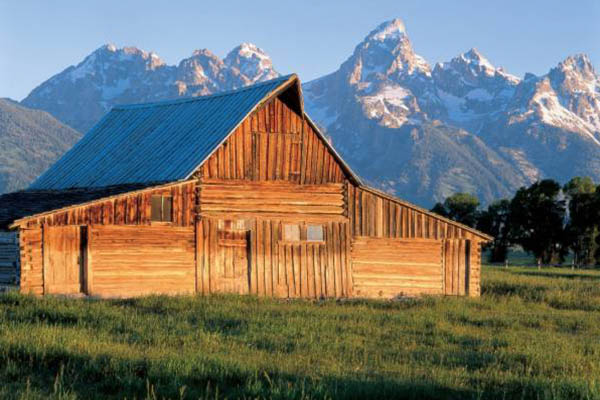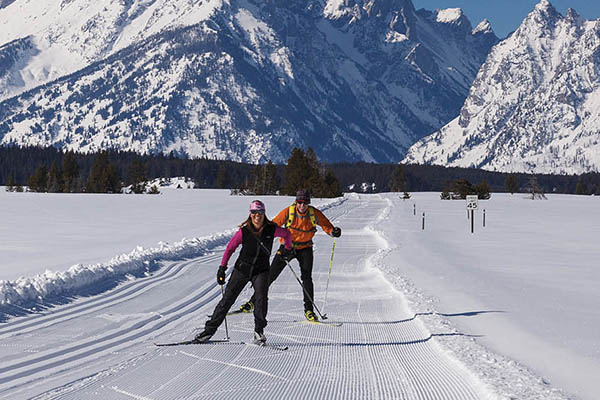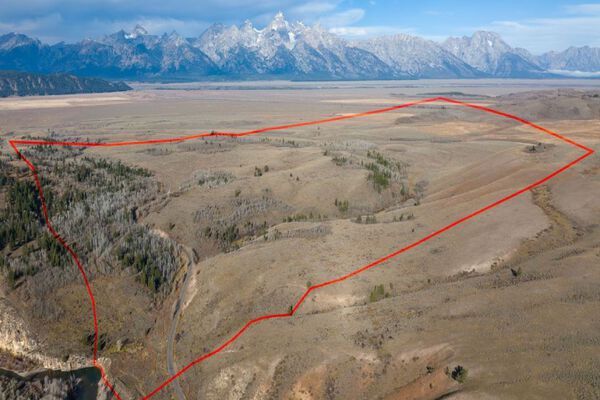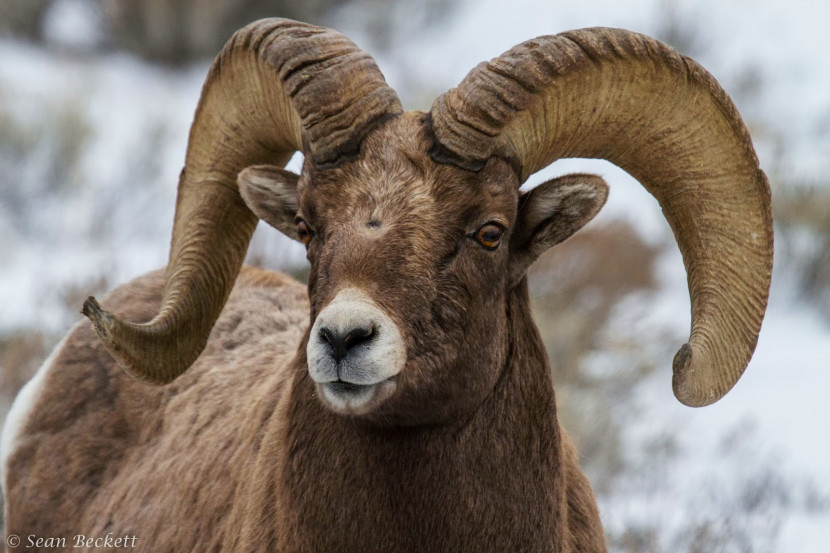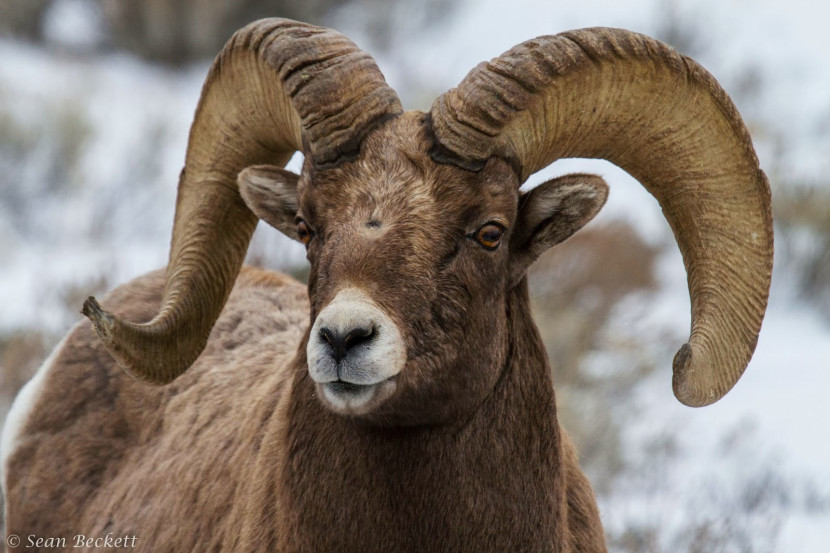
November is a month with hugely varying snow conditions in Grand Teton and the surrounding Greater Yellowstone area, depending on the year. These conditions have a significant effect on wildlife behavior and distribution. More specifically:
• Most black bears have entered dens for the winter by now (even in low snow years).
• Most grizzly bears will enter dens during November during average snow years.
• Regardless of snow conditions, the bighorn sheep rutting period begins.
• All hibernating small mammals that were active in October, such as chipmunks, are now hibernating.
• Rough-legged hawks return from Arctic nesting grounds for the winter. Migrations of trumpeter and tundra swans bring higher numbers of swans to the valley.
• Most deer and elk will migrate from summering areas to wintering areas, but timing and migration rates will be influenced by snow.
• Most pronghorn will leave the Jackson Hole valley, bound for winter ranges south of Pinedale in the Green River Basin.
• Adult bald eagles with nesting territories in the park remain year-round and will prey on a higher number of waterfowl, as fish become less available under ice.
• Long-tailed weasels and snowshoe hares will turn from their brown summer coats to winter’s white pelage (coat).
• Beaver activity will be strongly influenced by ice conditions as they continue to stash willow and other cuttings under the ice for a long winter’s food supply.
Photo by Sean Beckett

